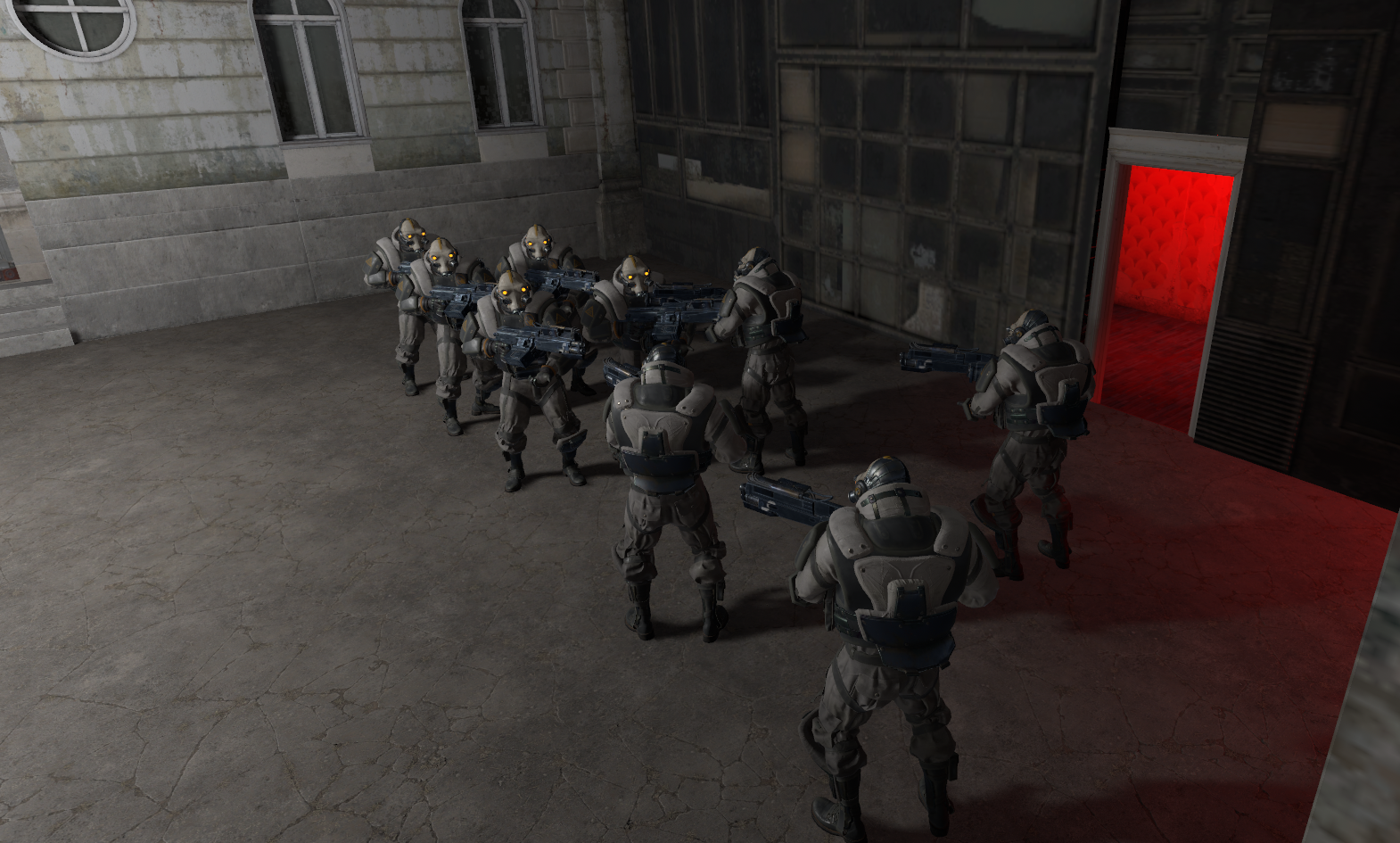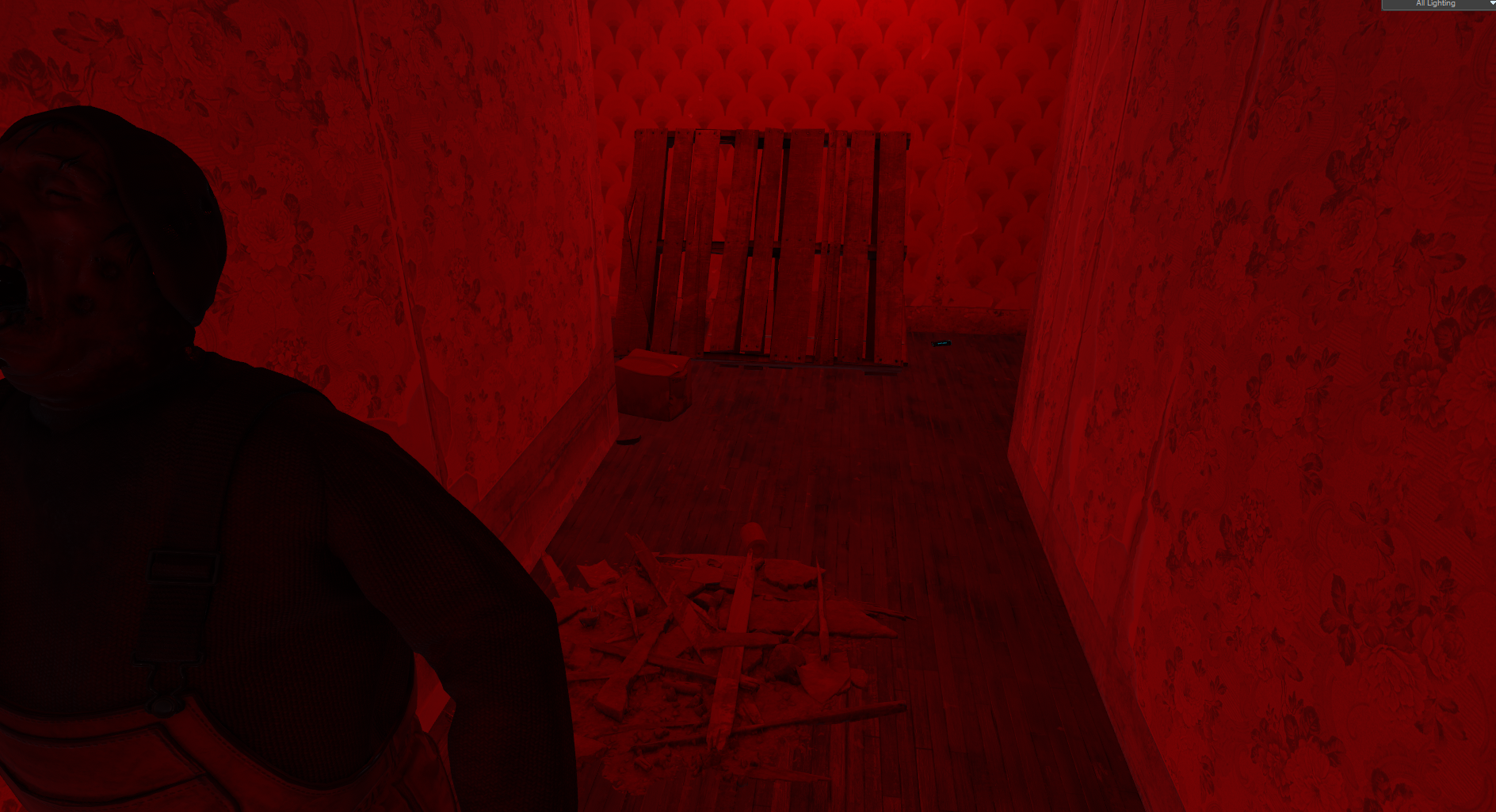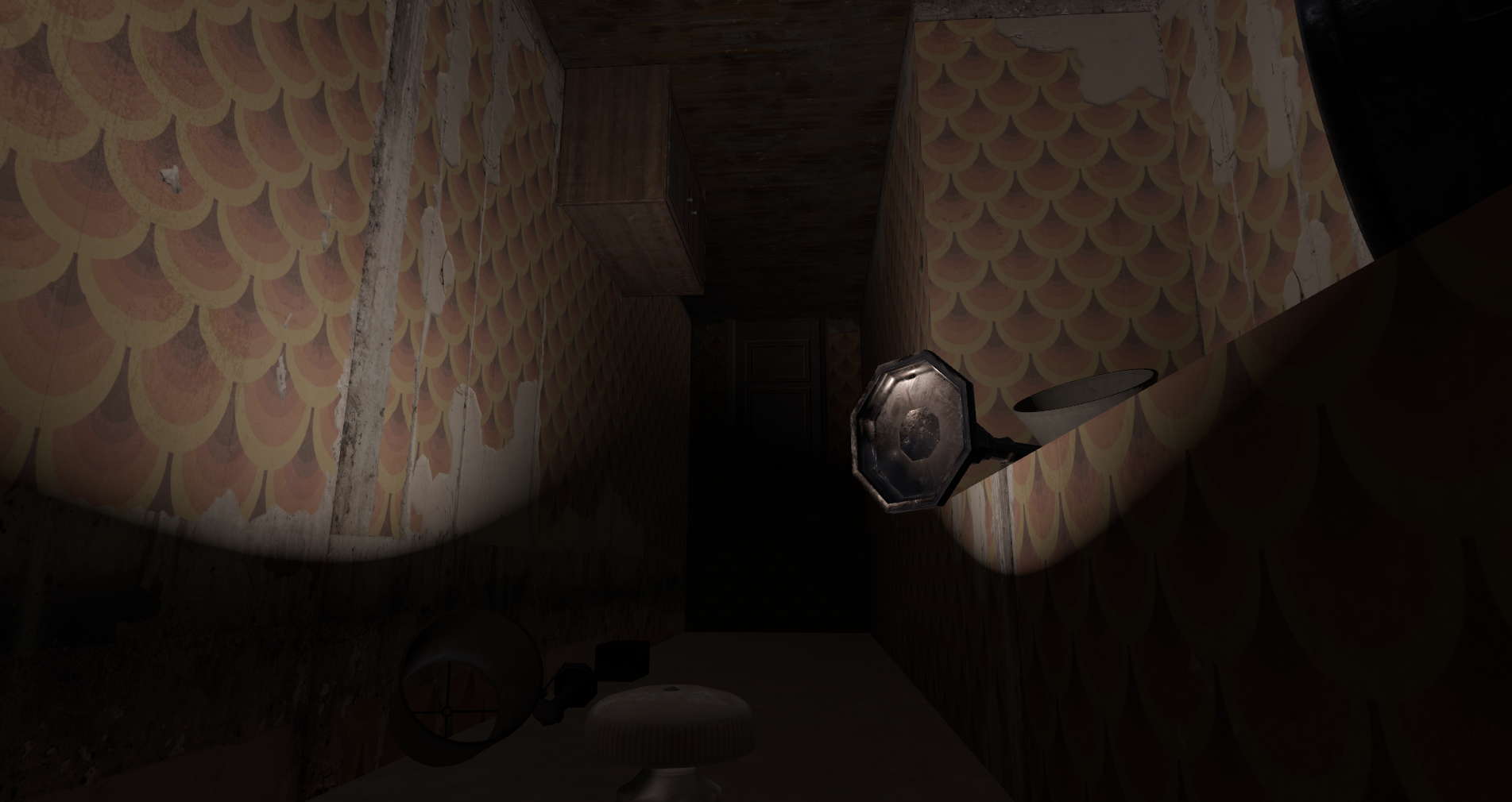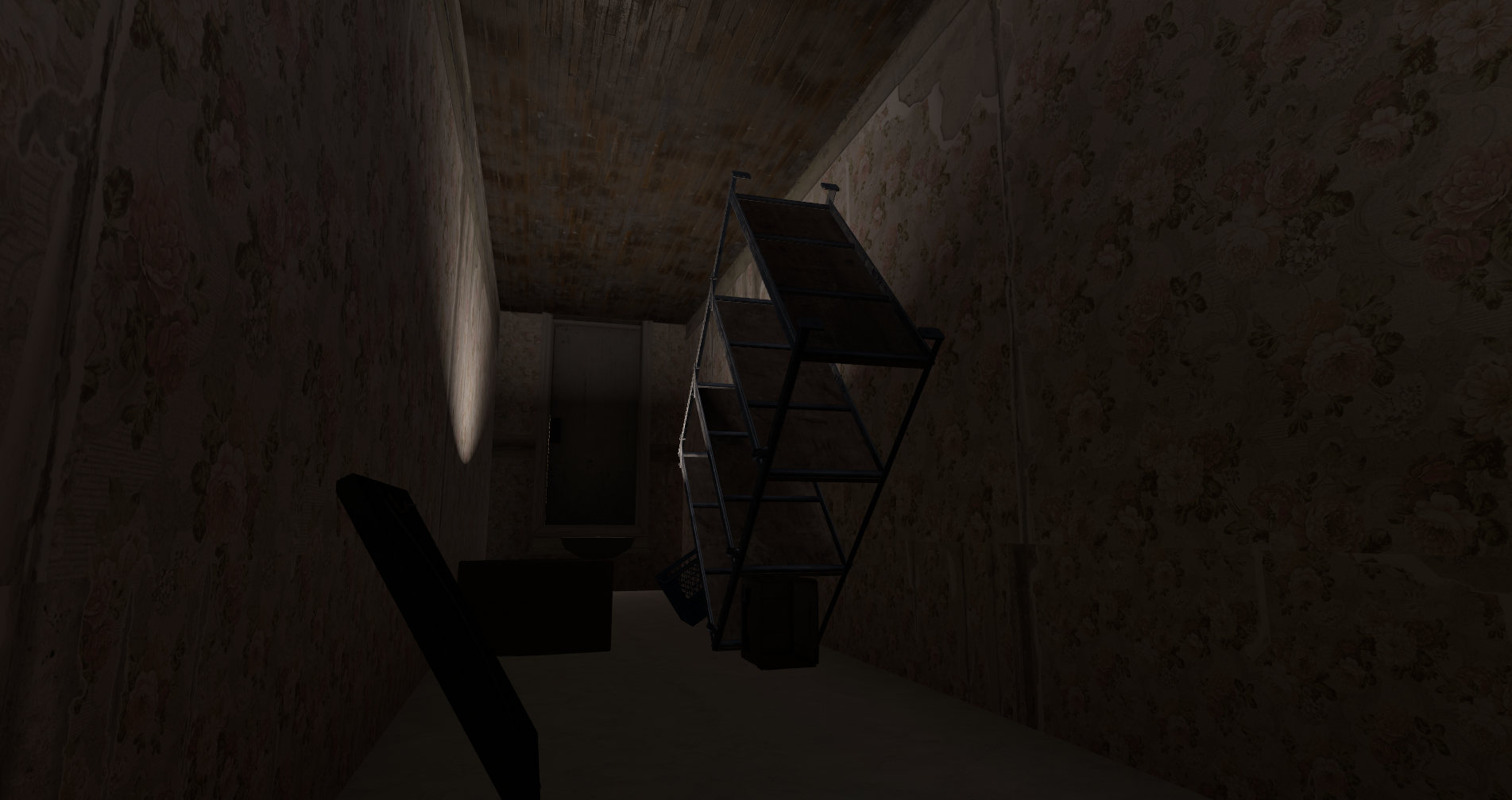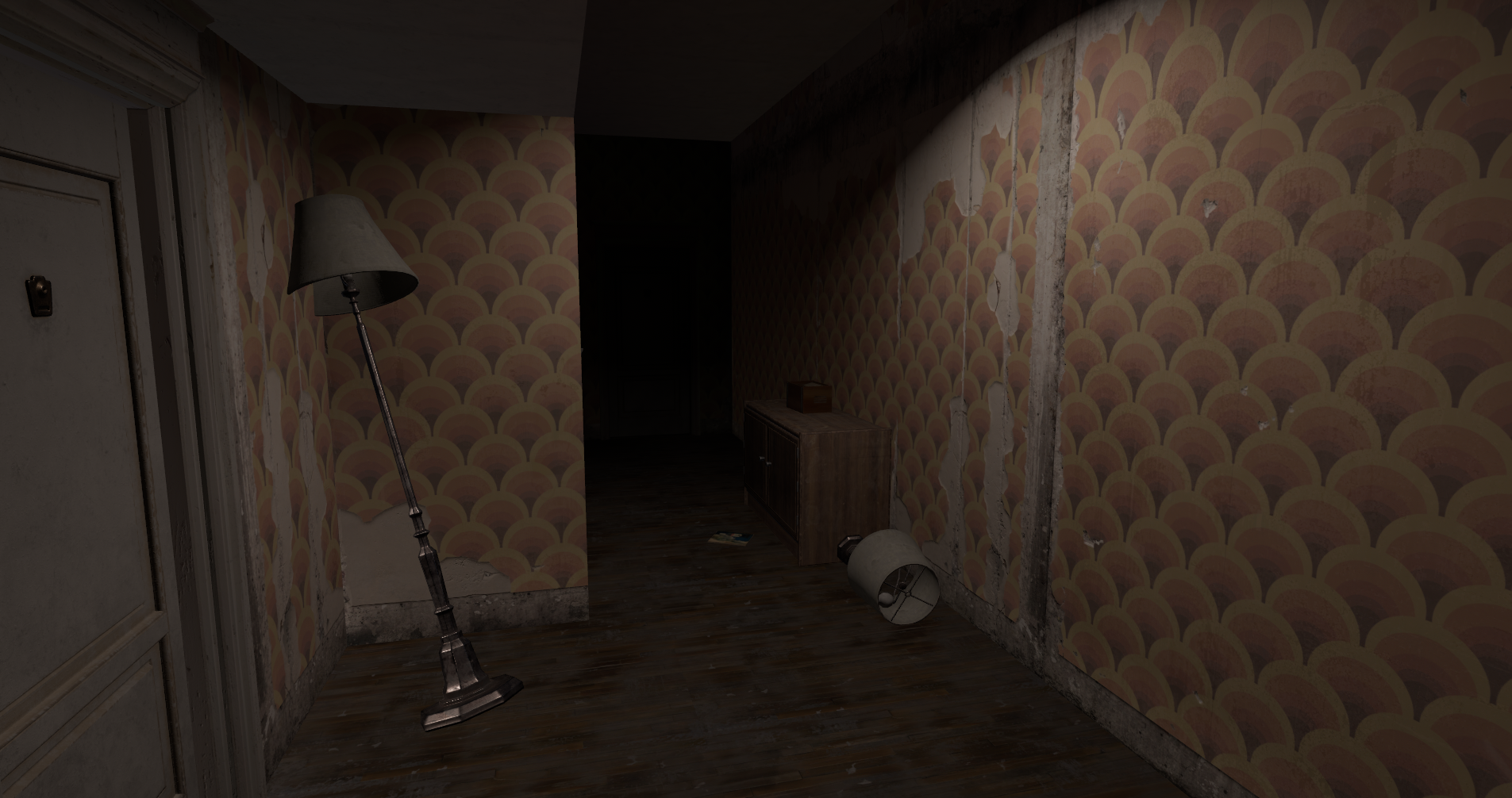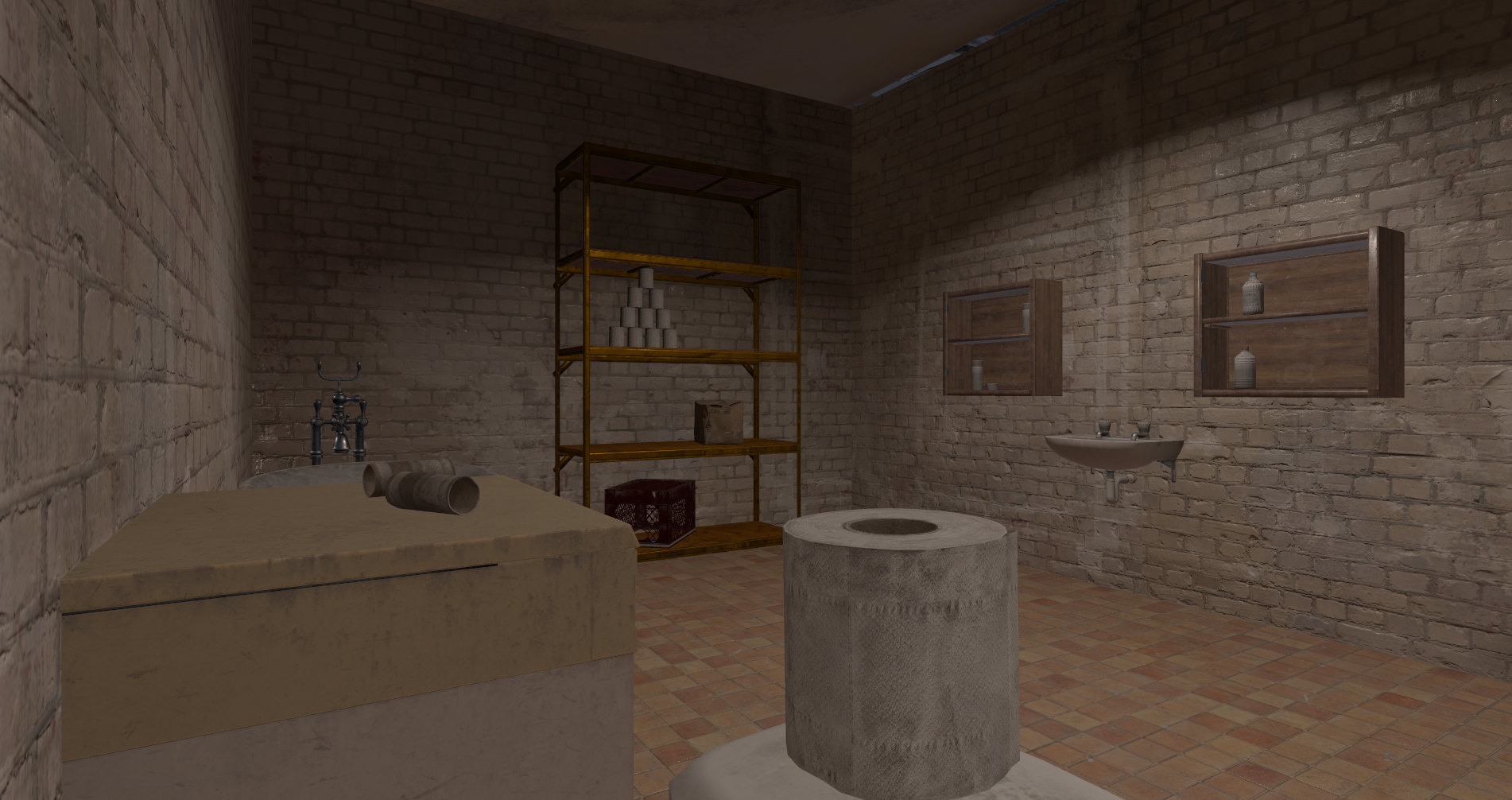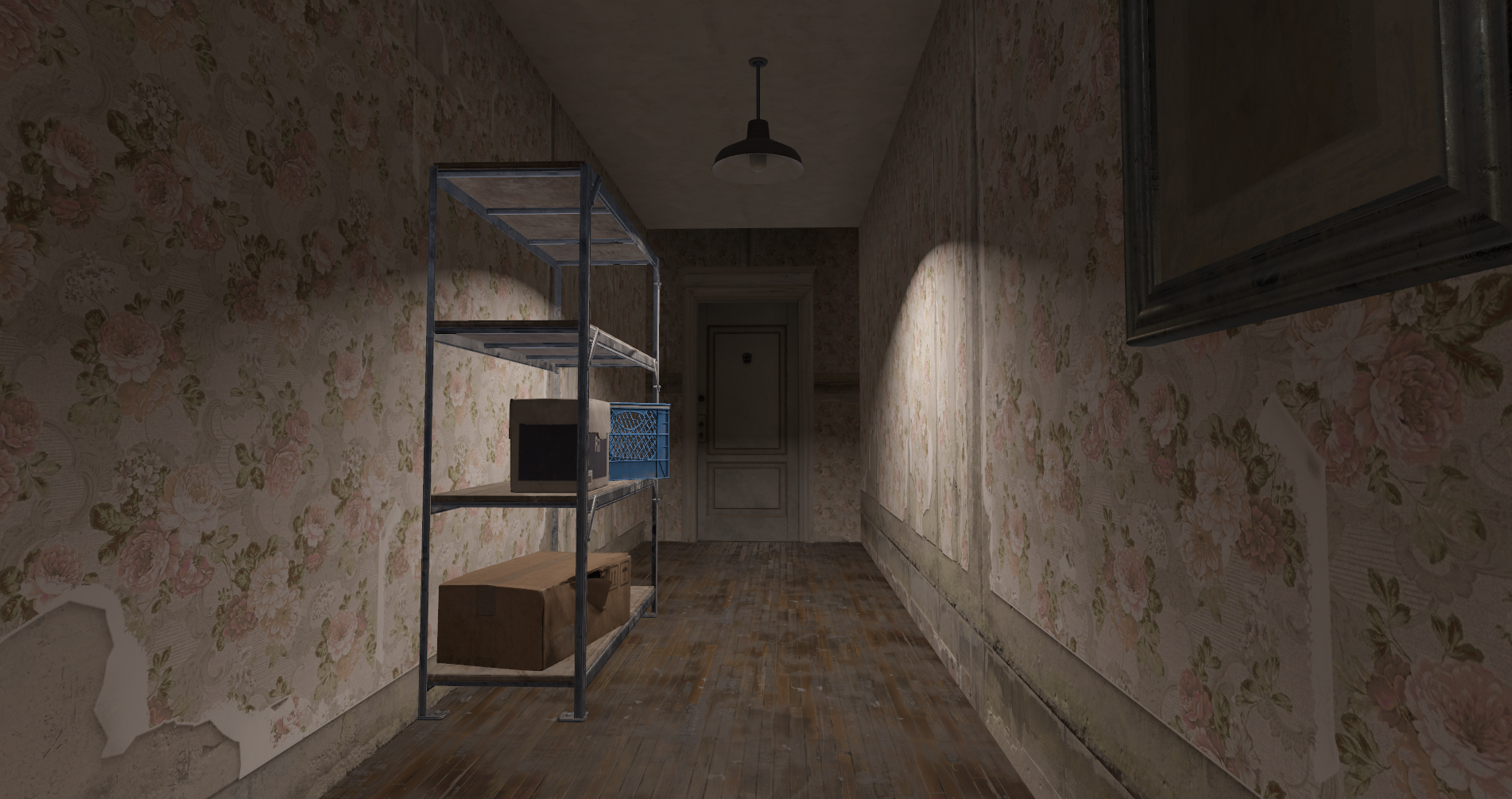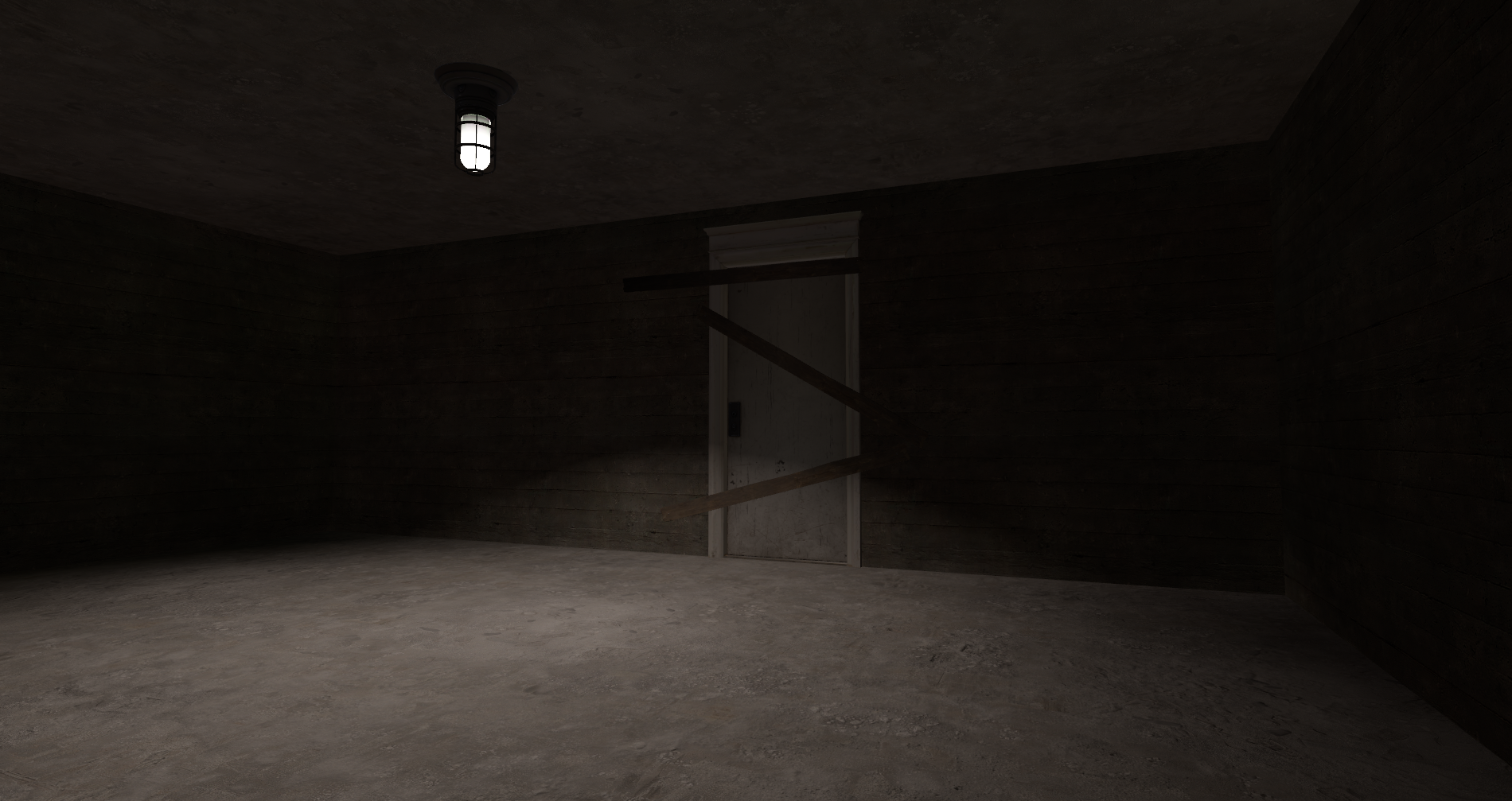Introduction - Details
_______________________
_______________________
I wanted to try out VR, because it's getting more and more present in the industry. While looking for games and editors available for VR, Half Life Alyx was the most advanced one, along with an editor that I used before, so it was the perfect combination.
I didn't want to make a shooting map, I had horror in mind. While Alyx had some nice horror levels, with dark spaces and jumpscare, I made one with an ambiance, with Silent Hill PT in mind.
I didn't want to make a shooting map, I had horror in mind. While Alyx had some nice horror levels, with dark spaces and jumpscare, I made one with an ambiance, with Silent Hill PT in mind.
• Solo project
• Source 2
• Oculus Quest 1
• Miro
Design Process
_______________________
_______________________
First, I took a look at PT, thinking about how the player progress trough the world, how it changes, and how can I achieve something similar. I saw that, in order to go to the ending, you need to do multiple precise action, to get a baby laugh 3 time.
Then, I took those findings and put them on paper. The result was the following :
- In order to progress, the player need to do a specific series of action
Then, I took those findings and put them on paper. The result was the following :
- In order to progress, the player need to do a specific series of action
- Each time a loop is done, the space must change, or something need to feel odd in the space for the player
- Sound and especially the radio have an importance in the game
_______________________
After those research on PT, I opened the editor and tried a mood test, as well as a gameplay test, to see if my ideas were coherent and working :
The result was conclusive, and the feedback I had was encouraging, people wanted to see more. To make sure everything was done quickly and organised, I opened Miro and made a flowgraph of my level :
It allowed me to quickly have an idea of the time needed to work on the level, to organise myself with an agenda and to organise the work itself in engine, because my idea allowed to quickly copy and paste each loop (in paper, because each loop had at least one difference with the others).
It allowed me to quickly have an idea of the time needed to work on the level, to organise myself with an agenda and to organise the work itself in engine, because my idea allowed to quickly copy and paste each loop (in paper, because each loop had at least one difference with the others).
In engine
__________________
__________________
The map is straightforward, but the challenge was to make sure that, when a player enter from a different door, the space doesn't overlap another loop, while keeping the same layout to make sure the idea of a loop is respected. The flowgraph was modified multiple time due to this issue
The engine have the capacity to simulate the physic of an object, allowing me to have realistic layouts, object position and interactivity with the player. For exemple, the player sometime need to move an object in order to get ammo. Also, when I needed to reverse my corridor for the 6th loop, it was useful for a nice continuity with the previous loops.
Each loop has been grouped, according to my flowgraph. This allowed me to copy and paste and assemble pretty easily each necessary loops, while respecting the layout and the object placement. Also, it was useful when I needed to organise myself with the flowgraph, knowing what I needed to do next allowed me to work fast.
Before and after for the first corridor, the challenge was to make sure everything was interactive, while making sense for a corridor inside an appartement, inspired by PT
Ammo placement was important. I wanted the player to feel like ammo are rare, and to be cautious with it. The issue was however, that VR make it hard to aim, so I ran multiple playtests.
The goal was to make sure the player have 1 or 2 max clip left, while rewarding exploration. So, if the player don't look for ammo, he'll ran out pretty quickly unless he aims correctly. But, if he takes the time to look and move objects, more clips can be found, like this one :
The goal was to make sure the player have 1 or 2 max clip left, while rewarding exploration. So, if the player don't look for ammo, he'll ran out pretty quickly unless he aims correctly. But, if he takes the time to look and move objects, more clips can be found, like this one :

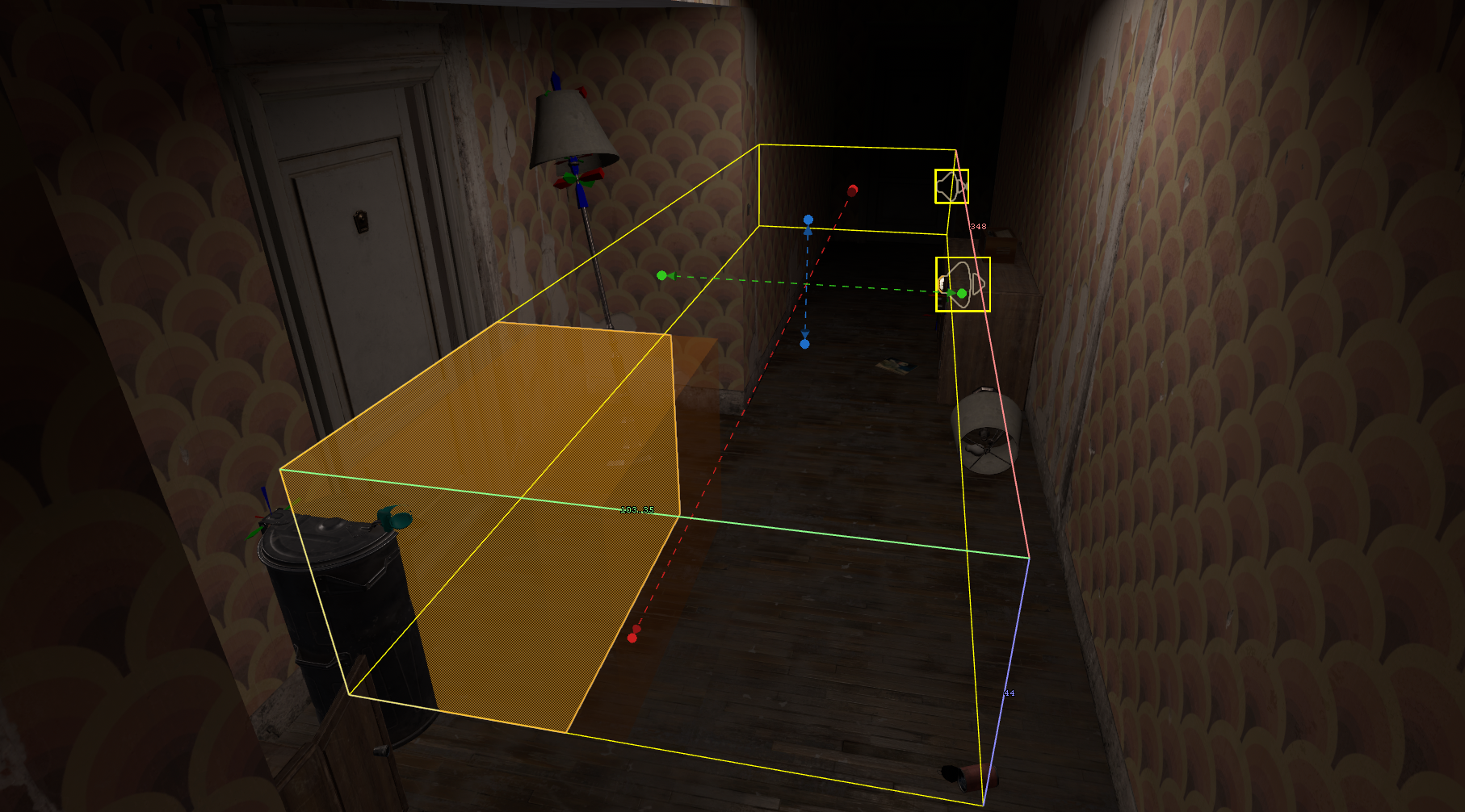
Scripting was used for ambiance. At some time, when the player pass a point, the radio will turn on, and a sound will be triggered. It was also used to close doors after a few seconds, to prevent the player from going back to the previous loop.
Gallery
_______________________
_______________________
